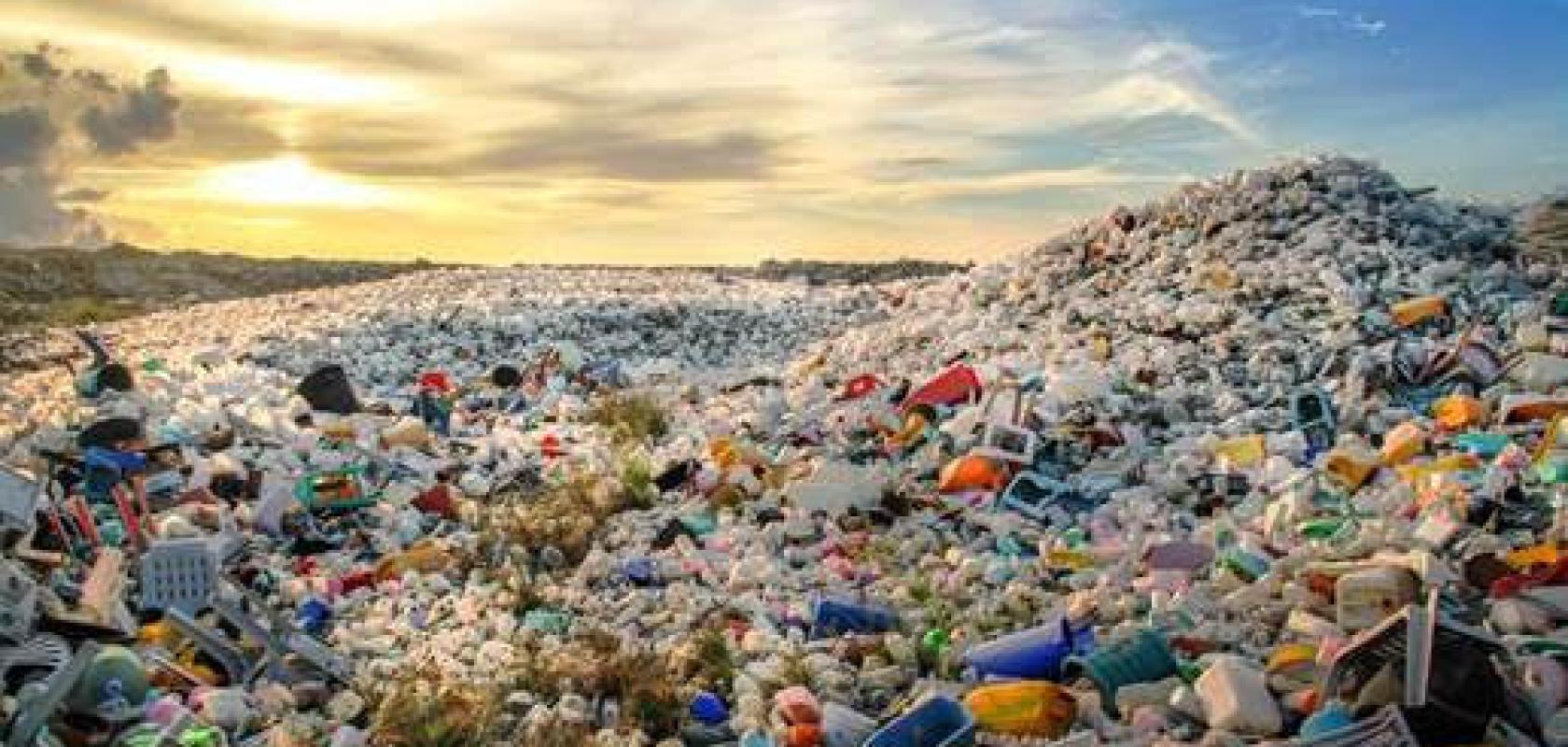For Ocean Insight 2020 Grant Program award winner Biko Biolabs, LLC (Cambridge, Mass., USA), spectral sensing is an important tool in the company’s efforts to remediate plastic waste through bulk electro-oxidation techniques. In this interview, Biko founder Kelsey Sakimoto shares his thoughts on the challenges of taking on environmental plastic pollution. This interview has been edited for length and clarity.
Why is dealing with pollution from plastics such a daunting task?
Sakimoto: The key to environmental plastic pollution is preventing it in the first place, at the source. But a big roadblock in more comprehensive plastic waste management is contamination and aging. Every speck of food, dirt, and ink makes it harder to produce new plastics from recycling, and macroplastics collected from environmental cleanups are too degraded. Shipping these low-value materials to centralized processing facilities, incinerators, and landfills is costly, and provides too many points for accidental release.
In the electro-oxidation process, we're not making new plastics: we're breaking down a wide range of materials into organic acids that microbes love to eat. We're also doing so with smaller, distributed systems that remediate the waste at the individual, household, and community level. In a piece of plastic's chain of custody from leaving someone's hand to entering the environment, the sooner we can transform it into something ecologically benign, the better.
How does electro-oxidation work?
Sakimoto: Electro-oxidation stems in part from a long-standing problem in renewable hydrogen fuel. To electrochemically split water into oxygen and hydrogen gas, it takes four electrons to make one molecule of oxygen. This is very hard to do cheaply, and often you can only get two electrons, producing hydrogen peroxide instead of oxygen gas. While not as useful for renewable energy applications, this hydrogen peroxide is a great oxidant, safer than chlorine bleach, that when combined with an iron catalyst, can produce highly reactive species that can effectively break down recalcitrant polymer chains into organic acids that microbes love to eat.
This electro-oxidation approach builds upon decades of lessons learned from producing hydrogen fuel from water and electricity. But the key will be to make the electro-oxidation process cheap and safe at the small scale, matching the diffuse, decentralized way that plastic waste is generated. We take a lot of inspiration from the way composting operates. It can be done at the massive, centralized scale, but works equally as well at the city, community, or even individual home level.
How has the Ocean Insight equipment grant helped advance Biko’s work?
Sakimoto: For young companies like Biko Biolabs, the pace of research and development is exponentially accelerated by big, often initially inaccessible capital purchases, like spectroscopy tools. The grant moved our work from a lot of time-consuming, frankly old-fashioned assays and other analytical tools to much more rapid and insightful measurements that techniques such as NIR reflectance spectroscopy can offer.
You are using an Ocean Insight NIRQuest+ spectrometer for your work. Why the NIRQuest+?
Sakimoto: We were attracted by the NIRQuest+ in part by how ubiquitous such light, flexible NIR systems are becoming in food science, agriculture, environmental monitoring, and bioprocessing.With appropriate standards and cross-validation, we've been able to measure a number of things about our oxidation process using the NIRQuest+: the formation of oxidized carboxyl versus hydroxyl functional groups, average methyl-group and polymer chain-end concentration, and a range of other metrics to understand how quickly we are oxidizing this plastic waste, and what is it turning into.
People everywhere have heard a lot about issues affecting the environment lately, including the consequences of pollution from microplastics and the effects of climate change. Do you think public sentiment is changing about how we view the environment?
Sakimoto: Now that we are living through the tangible, adverse impacts of climate change, and have a few generations that deeply understand the importance of science in predicting, preparing for, and persisting through environmental and public health disasters, I certainly think public sentiment is rallying around a more sustainable, just and equitable world. Technology isn't a bottomless pool that will always be able to accommodate our worst instincts. At the same time, there's no returning to some pre-industrial, idyllic agrarian utopia before all our modern ills began. Science is our way of understanding how to live within our (ecological) means, and technology is there to help us make the best of it.


